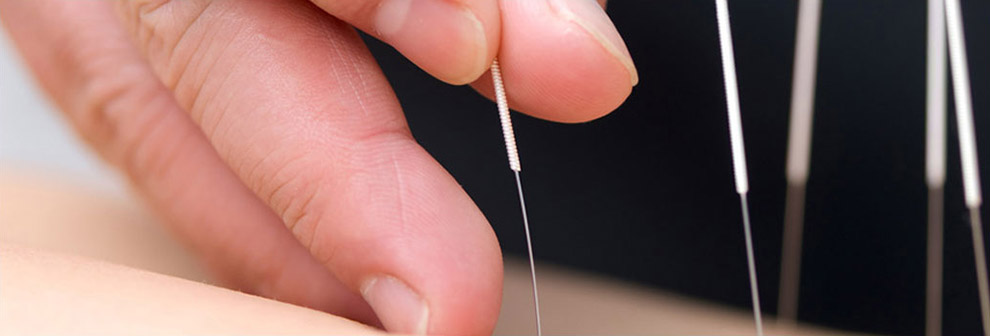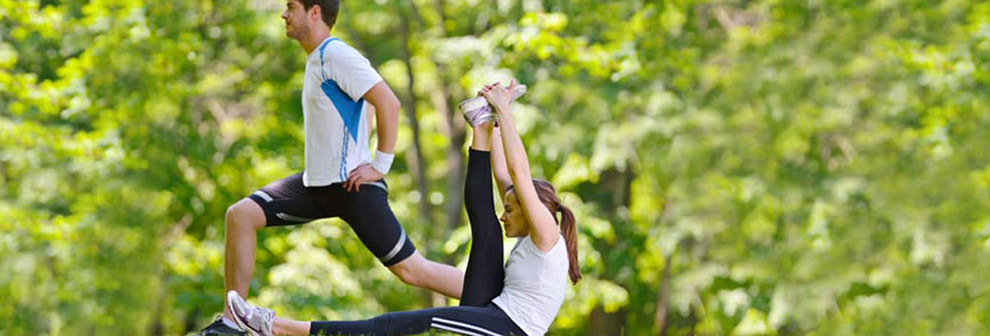Physical therapy in Elko for Shoulder Issues
Q: My 18-year-old son had a seizure severe enough that his shoulder dislocated posteriorly. The shoulder has popped back in but there is a concern that it will pop out again. The surgeon doesn't want to do surgery until a) our son has finished at least six months of physical therapy and b) his meds are regulated enough to prevent another such episode. This sounds like a reasonable plan but I'm checking around to see if other surgeons would handle it differently.
A: According to a recent review on posterior shoulder instability, this is the exact plan recommended. The term posterior instability tells us the shoulder has too much slide, glide, or movement backwards. Subluxation (partial dislocation) and even complete dislocation are often the end results of posterior instability.
Traumatic force (such as occurred in your son's seizure episode) can be enough to damage the soft tissue around the shoulder (e.g., capsule, ligaments, rotator cuff, labrum). Three to six months of physical therapy (aided by a home exercise program) is the first-line of treatment.
The physical therapistt identifies which muscles to strengthen and helps the patient regain normal rhythm of motion and motor control. This is especially important with the coordination of movement between scapula (shoulder blade) and humerus (upper arm).
If the instability persists, then surgery may be needed. There are some cases where surgery is recommended right away. This plan of care is most likely when there has been a traumatic injury. Damage severe enough to alter the bone or pull the soft tissues away from the joint may require immediate surgical intervention.
Some patients just aren't good candidates for surgery. This includes people with uncontrolled seizures (even with medication) and folks who don't follow their physical therapist's advice or who don't do their exercises. The postoperative rehab program is long and requires daily attention.
Once your son's seizures are back under control, then surgery can be done if still recommended. The type of surgery depends on the lesion, extent of damage to the joint, and activity level of the patient (your son).
Reference: Eric Tannenbaum, BS, and Jon K. Sekiya, MD. Evaluation and Management of Posterior Shoulder Instability. In Sports Health. May/June 2011. Vol. 3. No. 3. Pp. 253-263. (aided by a home exercise program) is the first-line of treatment.
Pinion Rehabilitation provides services for physical therapy in Elko.







